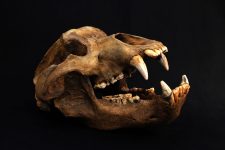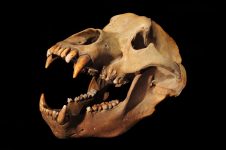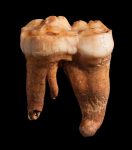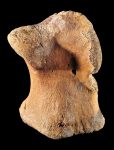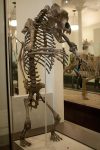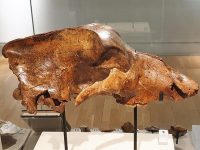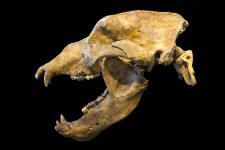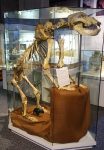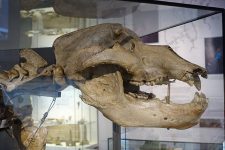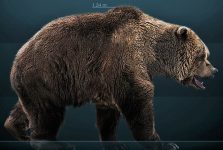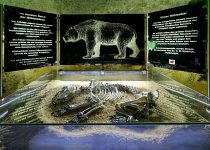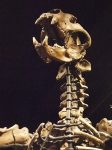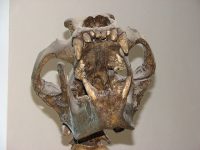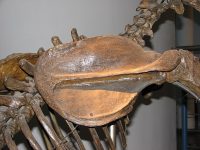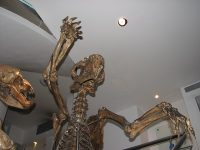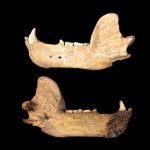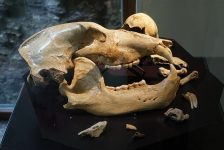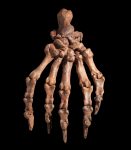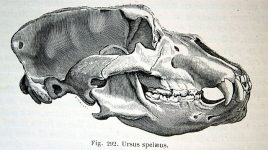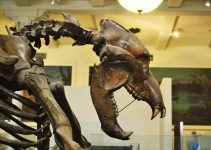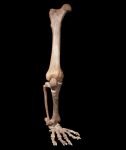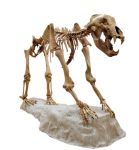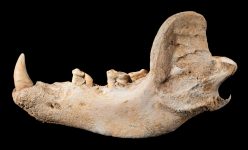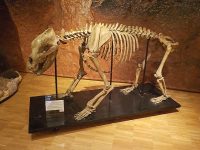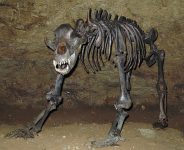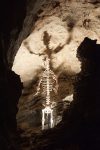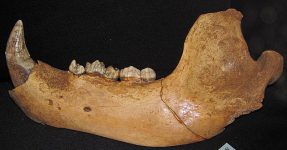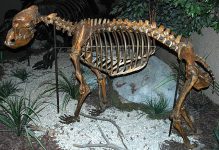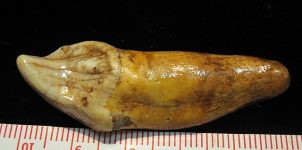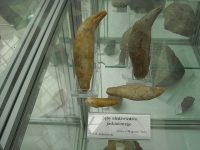Cave Bear
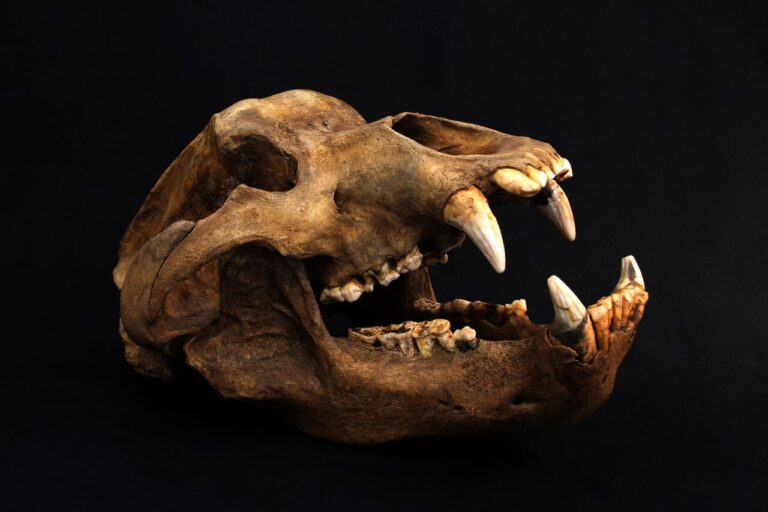
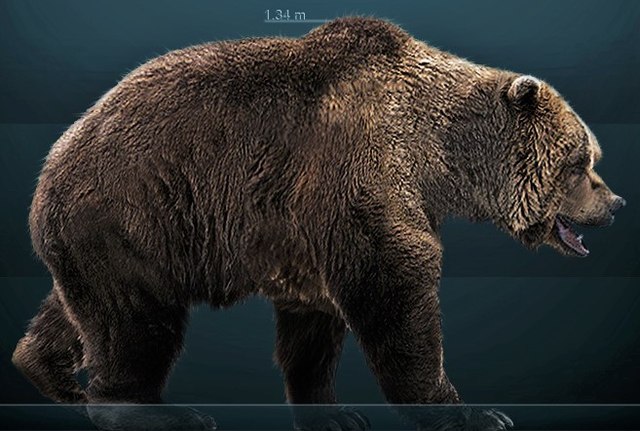

Cave Bear
The cave bear (Ursus spelaeus) was a large, extinct species of bear that inhabited Europe and parts of Asia during the Pleistocene epoch, approximately 300,000 to 15,000 years ago. Named for its frequent presence in cave environments, cave bears were robust and well-adapted to the harsh conditions of the Ice Age. In this exploration, we delve into the anatomy, evolution, habitat, diet, extinction, cultural significance, and scientific importance of the cave bear.
Anatomy and Physical Characteristics
Cave bears exhibited several distinctive anatomical features that set them apart from modern bear species:
Size: They were among the largest bears of the Pleistocene, with adult males reaching heights of up to 11 feet (3.5 meters) when standing upright and weighing over 1,000 kilograms (2,200 pounds).
Body Build: Cave bears had a robust build with strong limbs and a broad, stocky body. Their skeleton, particularly the limbs and shoulders, was adapted for strength and endurance, reflecting their terrestrial lifestyle and adaptation to cold climates.
Skull and Teeth: The skull of the cave bear was elongated compared to modern bears, with a pronounced sagittal crest for muscle attachment. Their teeth were adapted for grinding tough vegetation, indicating an herbivorous diet primarily composed of plants, roots, and berries.
Evolutionary History
Cave bears evolved from earlier bear ancestors during the Middle Pleistocene epoch, approximately 1.2 million years ago. They underwent significant evolutionary adaptations and geographic diversification across Europe and parts of Asia, occupying various habitats ranging from forests and grasslands to alpine regions and cave systems. Cave bears coexisted with other large mammals of the Pleistocene, such as mammoths, woolly rhinos, and saber-toothed cats.
Habitat and Distribution
Cave bears inhabited a wide range of environments throughout their range in Europe and Asia, including mountainous regions, dense forests, and tundra landscapes. They were particularly associated with cave systems where they sought refuge during harsh winters or used as denning sites for hibernation. Fossil discoveries indicate that cave bears were distributed across different climatic zones, adapting to diverse ecological conditions during the fluctuating climates of the Ice Age.
Diet and Feeding Behavior
Cave bears were primarily herbivorous mammals, feeding on a diet of plants, fruits, roots, and vegetation available in their habitats. Their dental adaptations, including large molars and robust jaws, enabled them to grind and chew tough plant material effectively. During times of abundant food, cave bears likely foraged extensively to build up fat reserves for periods of hibernation or scarcity.
Extinction
The extinction of cave bears occurred during the late Pleistocene epoch, approximately 15,000 years ago, coinciding with significant environmental and climatic changes at the end of the Ice Age. Several factors may have contributed to their decline and eventual extinction:
Climate Change: Shifts in global climate during the late Pleistocene, including warming temperatures and changes in vegetation patterns, may have altered the availability of food resources for cave bears and other large herbivores.
Human Impact: The expansion of human populations into Europe during the late Pleistocene brought hunting pressures, habitat fragmentation, and competition for resources. Cave bears were likely hunted by early humans for meat, fur, and bones, contributing to their population decline.
Ecological Dynamics: The loss of megafaunal prey species and changes in vegetation structure may have disrupted ancient ecosystems and placed additional stress on cave bear populations, leading to reduced genetic diversity and vulnerability to extinction.
Cultural and Scientific Significance
Cave bears hold significant cultural and scientific importance as iconic symbols of the Ice Age and subjects of paleontological research:
Paleontology: Fossilized remains of cave bears, including skeletons, skulls, and teeth, provide valuable insights into their anatomy, behavior, and evolutionary adaptations. By studying cave bear fossils, paleontologists can reconstruct past environments, track changes in biodiversity, and investigate the factors influencing megafaunal extinctions.
Cultural Depictions: Cave bears have been depicted in ancient cave paintings, sculptures, and artifacts found in European archaeological sites. These artistic representations offer glimpses into early human perceptions and interactions with cave bears during the Paleolithic era.
Conservation and Preservation
Efforts to protect and preserve cave bear fossils and associated archaeological sites are essential for maintaining their scientific and cultural value. National parks, museums, and research institutions play crucial roles in safeguarding cave bear specimens, promoting public education, and supporting ongoing research into Earth’s ancient biodiversity and evolutionary history.
